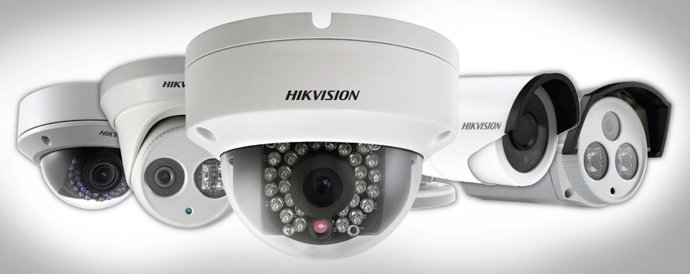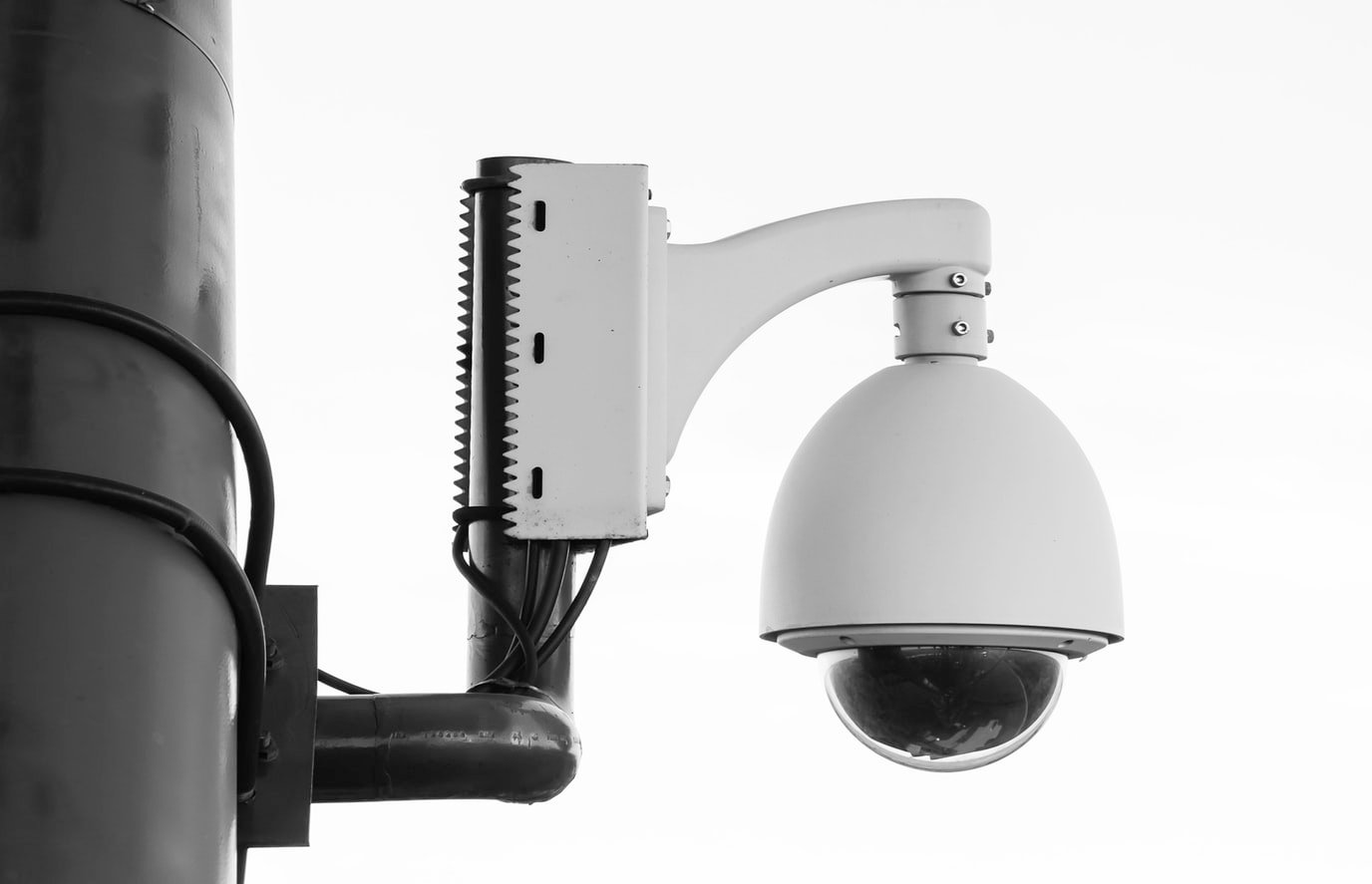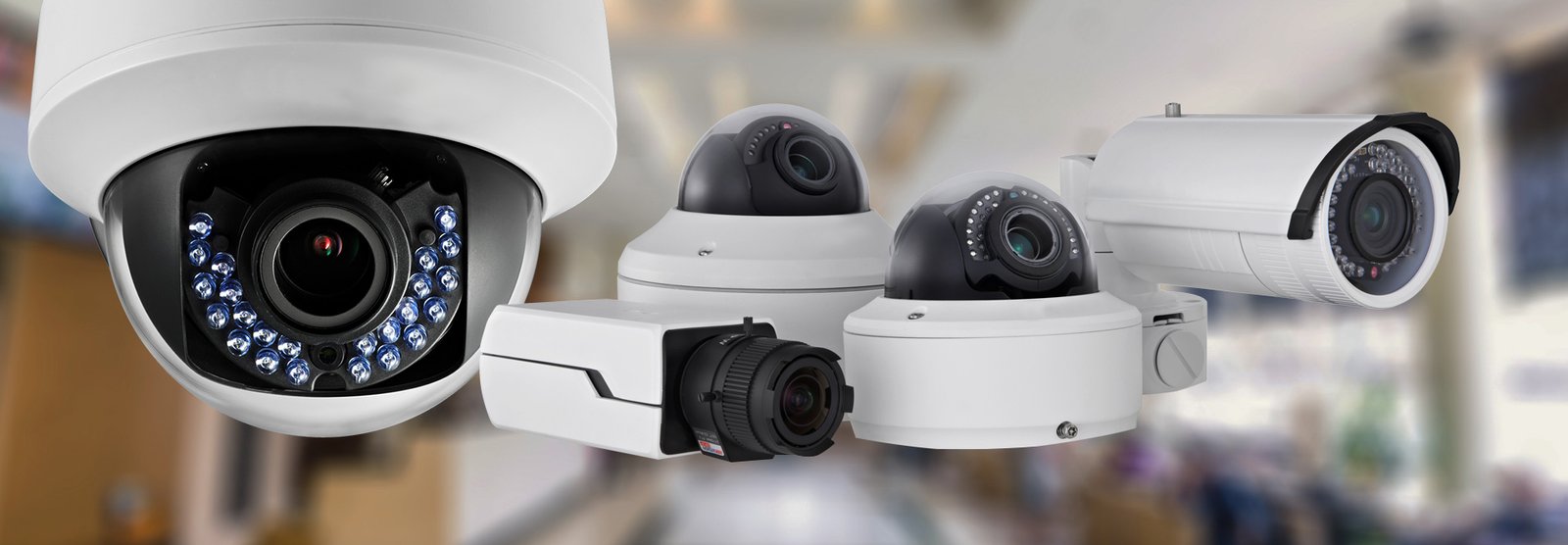Surveillance System / CCTV
As the name implies, Closed Circuit Television (CCTV) is a system in which the circuit is closed and all the elements are directly connected. This is unlike broadcast television where any receiver that is correctly tuned can pick up the signal from the airwaves.
Today the use of CCTV is in security systems ranging from small retail shops, residences to commercial establishments of varying size and sectors. Except for Private areas, today CCTV has become necessary at almost all areas and establishments be it private or government. The true scope for applications is almost unlimited, only limited by the imagination.
It can generally be categorized into two segments, Analogue and Network CCTV, Analogue CCTV is the mostly used type in all kinds of uses until recently but the Network or IP CCTV is picking up fast and almost is equal to Analogue systems. Analogue technology too has developed a lot to provide matching resolutions in most cases with most of other features. But the Network CCTV is the future technology which blends and mixes well with the IT Infra of the premises to run on the same infrastructure thereby reducing cost on cables and maintenance on cables from every single camera and the making the Monitoring/Control Room tidy and organized with limited cables.
The simplest system is a camera/s connected directly to a Recorder by a coaxial cable with the power for the camera being provided from a Power Supply on the same CCTV Cable, with camera feed connected to the recording device known as Digital Video Recorder, that in turn connected to a monitor. It is an affordable, self-contained system for small/medium installations. This system can be remotely viewed and controlled through Internet at both ends.
Recent developments have made some very sophisticated systems possible. These include concepts such as multiple recording of many cameras; almost real time pictures over internet of hundreds, even thousands, of cameras from many separate control positions to dozens of monitors; reliable detection of movement by electronic evaluation of the video signal; immediate intimation on violation of any parameters set in the cameras or the recording software.
Cameras can further be divided into different types suitable for different environments, a Dome Camera for indoor applications, outdoor bullet/box cameras, pan, tilt and zoom cameras for detailed following of suspect moments in high security zones, thermal cameras for special applications and all these cameras come with lots of other features that are more suitable to be decided as per environmental and security level requirements.
Recordings of the cameras usually are done using a Digital Video Recorder or Network Video Recorder in case of Network Camera, network cameras can also be recorded on Server with software, Video Management Software. Recordings can be maintained for as many days/weeks/months as the site and policy of companies demand with addition of HDD and a suitable recorder to accommodate the hard disks.



